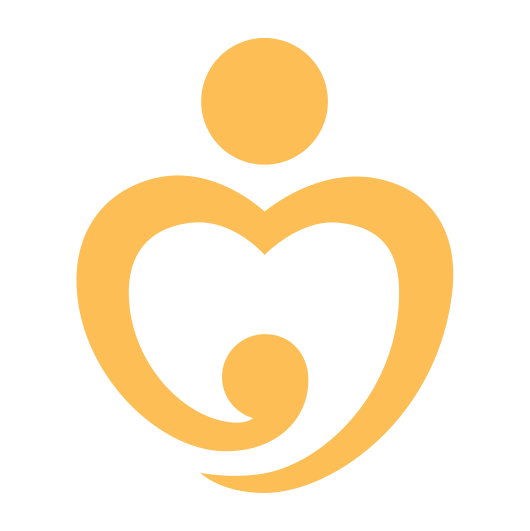
The story behind the “network of safety” model
“When I first took the OHW project to Tibet, my first goal was to work with the government because if we didn’t engage the Ministry of Health and local communities, we would not be able to have a self-sustaining program,” says Arlene. She strongly believed that ownership is key to sustaining any program and to make it successful with consistency and continuance.
This was the very idea that eventually helped the local organization and community, who worked with OHW, to continue the work even after Arlene’s team left Tibet due to the political uprising in 2008.
Arlene understood that cultural beliefs and practices were key in the local context so that the citizens would know that there was no western influence in the design and implementation of OHW’s health program.
“We spent the first year in Tibet learning about local cultures and social practices by having conversations with communities and local health service providers. And, they all started to respect and love what we were trying to do. That was very important for us,” recalls Arlene.
Arlene and her team made sure that the interventions were based on Tibetan culture. But at the same time, there was a need to guide them to use safety measures both during antenatal and postnatal care. They worked with the local Tibetan team to develop their very first birth kits, which were manufactured locally. Her team also took the kits to the local Tibetan monks to have them blessed so that the family would let them use the kits during birth delivery. Her local Tibetan team also helped to educate the mother and her family about postnatal care and the importance of breastfeeding the baby. There was a culture of feeding the baby with rancid butter soon after being blessed by the Tibetan Lama. So, the team had to convince them to feed the butter to the mother instead and let the blessing come out in the breast milk.
The families also didn’t want strangers at birth. “So, we assured them that we would train someone in their community to be the Skilled Birth Attendant (SBA) who are like your family and can allow them to be during the birth delivery,” recalls Arlene, who knew that imposing western medical practice on someone’s culture would only cause mistrust and suspicion.
In this way, Arlene’s team continued working with the community by empowering mothers, fathers, grandparents, and other family members with the knowledge of safe motherhood practices. They also worked closely with community health practitioners including nurses, and built birthing centers, and set up referral centers. They continued working with the government. There was already a real functional safety network in place. It was initially named ‘Chain of Safety’ but it sounded too masculine for Arlene, and she renamed it as the ‘Network of Safety.’
This is how this model evolved and today, its success can be seen in Nepal where now, the Network of Safety has been trademarked and gained huge momentum, transforming and redefining the maternal and neonatal health services and system in the country.
OHW’s partnership with all levels of governments from the federal to provincial and municipalities is so closely knit. For many local communities, “One Heart Worldwide” has become a household name especially in remotely based rural municipalities, where Arlene and her team from Nepal and the USA have helped to build high-quality birthing centers and provided world-class equipment, trained a large number of nurses to become skilled birth attendants (SBAs) and providing personalized care for the mothers and their babies.
Read More >
The Nepal Chapter: OHW’s success
through Arlene’s legacy


